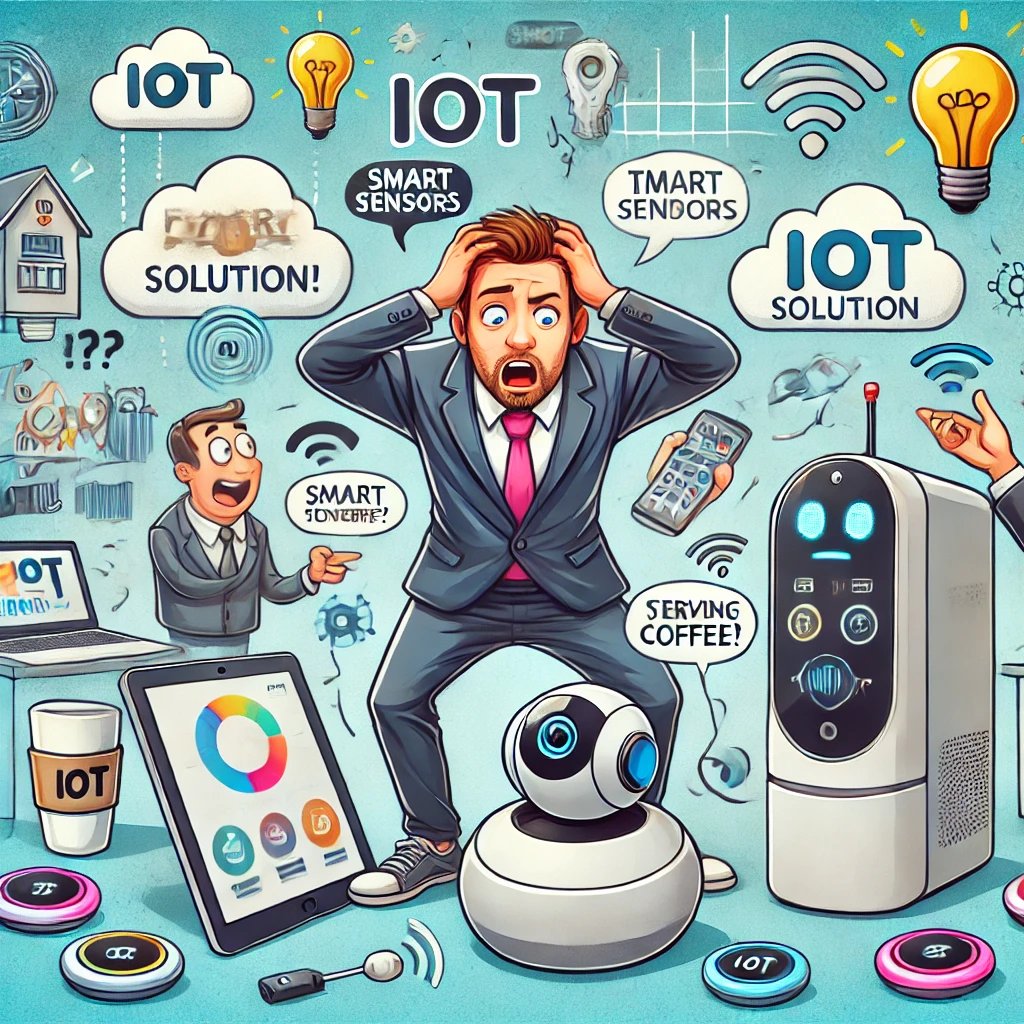A Professional Framework for Building IoT Projects from Scratch
Introduction
Building an IoT project from scratch can be overwhelming. It requires technical expertise, a structured approach, and a clear roadmap. Over the years, I’ve navigated the complexities of IoT development—learning from successes and failures. This framework is a structured guide for anyone who wants to develop IoT solutions efficiently and effectively.
This framework is divided into seven key phases:
- Problem Definition & Use Case Identification
- Requirement Analysis & Feasibility Study
- Hardware & Sensor Selection
- Connectivity & Network Planning
- Cloud Platform & Data Management
- Application Development & User Interface
- Testing, Deployment & Scaling
Let’s dive into each phase in detail.
1. Problem Definition & Use Case Identification
Before building any IoT project, the first step is identifying what problem you are solving.
Key Questions to Ask:
- What pain point does this IoT project address?
- Who are the end users? (Consumers, businesses, government, etc.)
- What are the expected outcomes of this IoT implementation?
- Are there existing solutions, and how does yours differ?
Deliverables:
✔ A clear problem statement
✔ A well-defined use case
✔ A documented business case (ROI, cost-benefit analysis)
2. Requirement Analysis & Feasibility Study
Once the use case is defined, the next step is to analyze the technical and business feasibility of the project.
Key Considerations:
- Technical Feasibility:
- What type of sensors, microcontrollers, and communication protocols are needed?
- How much data needs to be collected and processed?
- What are the power and storage requirements?
- Business Feasibility:
- Is there market demand for this IoT solution?
- What is the estimated cost of hardware, development, and cloud services?
- How will the project be monetized? (Subscription, pay-per-use, licensing, etc.)
Deliverables:
✔ Feasibility Report with technical and business viability
✔ List of required components & resources
✔ Estimated budget & timeline
3. Hardware & Sensor Selection
The choice of hardware defines the reliability and accuracy of your IoT system.
Key Considerations:
- Sensors & Actuators:
- What physical parameters need to be measured? (Temperature, humidity, motion, etc.)
- What is the required precision and accuracy?
- Microcontrollers & Edge Devices:
- Should you use Arduino, Raspberry Pi, ESP32, or a custom board?
- Does it need real-time processing?
- Power Management:
- Will the device run on battery or continuous power?
- How will power be optimized for longer battery life?
Deliverables:
✔ Bill of Materials (BOM)
✔ Hardware architecture diagram
✔ Prototyping plan
4. Connectivity & Network Planning
IoT devices need reliable connectivity to transmit data. Selecting the right network depends on range, power consumption, and data speed.
Key Considerations:
- Short-Range Networks:
- Wi-Fi (High speed but power-hungry)
- Bluetooth (Short-range, low power)
- Zigbee / Z-Wave (Mesh networks for smart homes)
- Long-Range Networks:
- Cellular (2G, 3G, 4G, 5G) for remote access
- LoRaWAN / Sigfox for low-power, wide-area IoT
- Satellite for extreme remote applications
- Security Measures:
- Encryption and authentication protocols
- Secure firmware updates
Deliverables:
✔ Connectivity architecture (network topology)
✔ Selected communication protocol
✔ Security strategy
5. Cloud Platform & Data Management
Once devices are connected, the data must be collected, stored, and processed on a cloud platform.
Key Considerations:
- IoT Platform:
- Favoriot IoT Platform (My recommendation)
- AWS IoT, Azure IoT, Google Cloud IoT
- Open-source platforms (ThingsBoard, Kaa, etc.)
- Data Processing:
- Will the data be processed in real-time or in a batch?
- Do you need edge computing to reduce cloud dependency?
- Data Security & Compliance:
- Encryption & authentication
- Compliance with GDPR, PDPA, or other data regulations
Deliverables:
✔ IoT Platform Selection
✔ Data flow diagram
✔ Security & compliance measures
6. Application Development & User Interface
The front-end application is how users interact with the IoT system.
Key Considerations:
- Web & Mobile App Development:
- Should it be a mobile app, web app, or both?
- What key features & dashboards are needed?
- Will users need real-time notifications?
- APIs & Integrations:
- Does it integrate with third-party systems?
- How will it expose RESTful APIs for developers?
- User Experience (UX):
- Is the interface intuitive & simple?
- Does it support multi-language & accessibility?
Deliverables:
✔ UI/UX wireframes & prototypes
✔ API Documentation
✔ Working MVP (Minimum Viable Product)
7. Testing, Deployment & Scaling
A well-designed IoT system must go through rigorous testing before deployment.
Key Considerations:
- Testing Procedures:
- Functional testing of hardware & sensors
- Network & connectivity stability tests
- Security penetration testing
- Deployment Strategy:
- Pilot testing in a small environment
- Gradual scaling based on feedback
- Maintenance & Future Scaling:
- Remote firmware updates (OTA updates)
- Scalability planning for thousands/millions of devices
Deliverables:
✔ Test reports & validation checklists
✔ Pilot deployment results
✔ Scaling & maintenance plan
Final Thoughts
Building an IoT project from scratch requires a structured approach. Without a clear framework, teams can get lost in the technical complexities, leading to delays and cost overruns.
This IoT Project Development Framework is designed to help individuals, startups, and enterprises streamline their IoT implementation. It combines best practices from my years of experience in IoT, smart cities, and entrepreneurship.
If you need expert guidance, consider using the Favoriot IoT Platform, which simplifies data management, visualization, and device integration.
Need help with your IoT project? Let’s connect!


